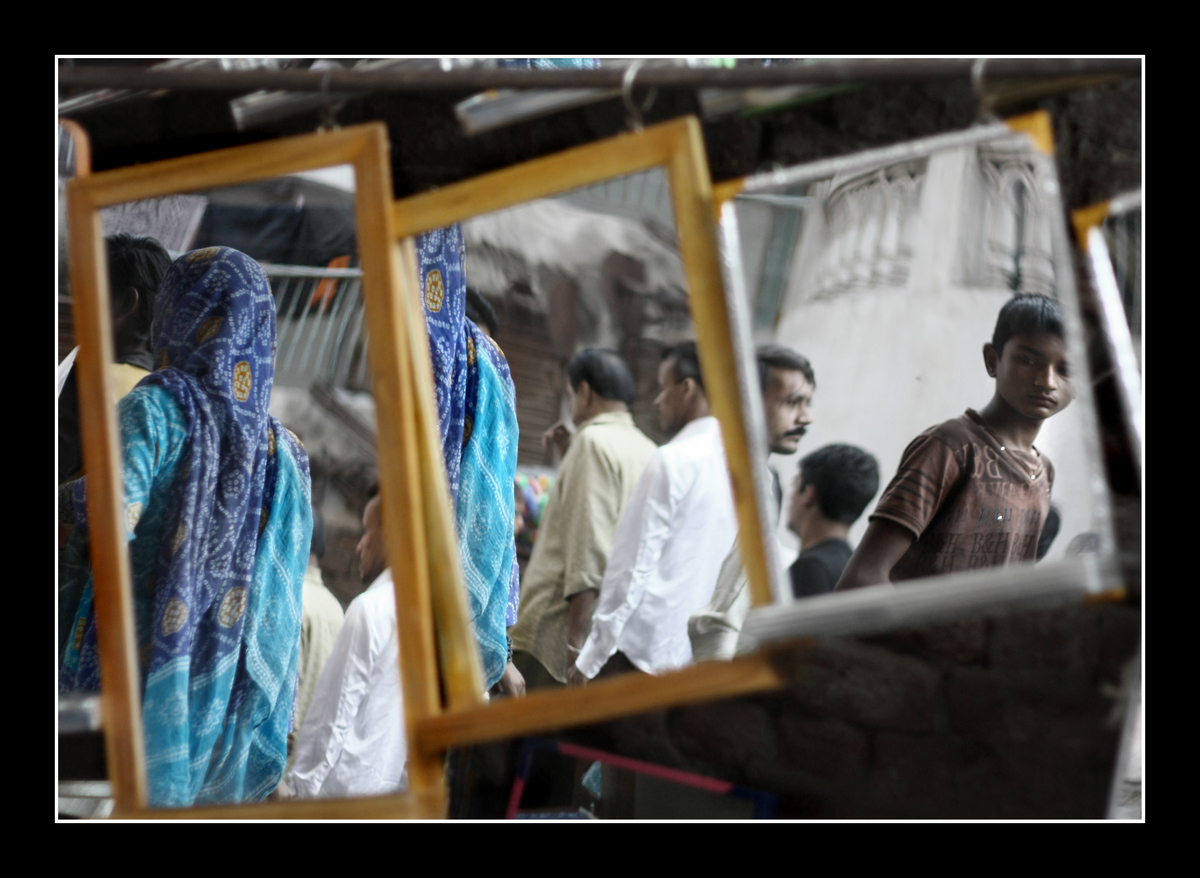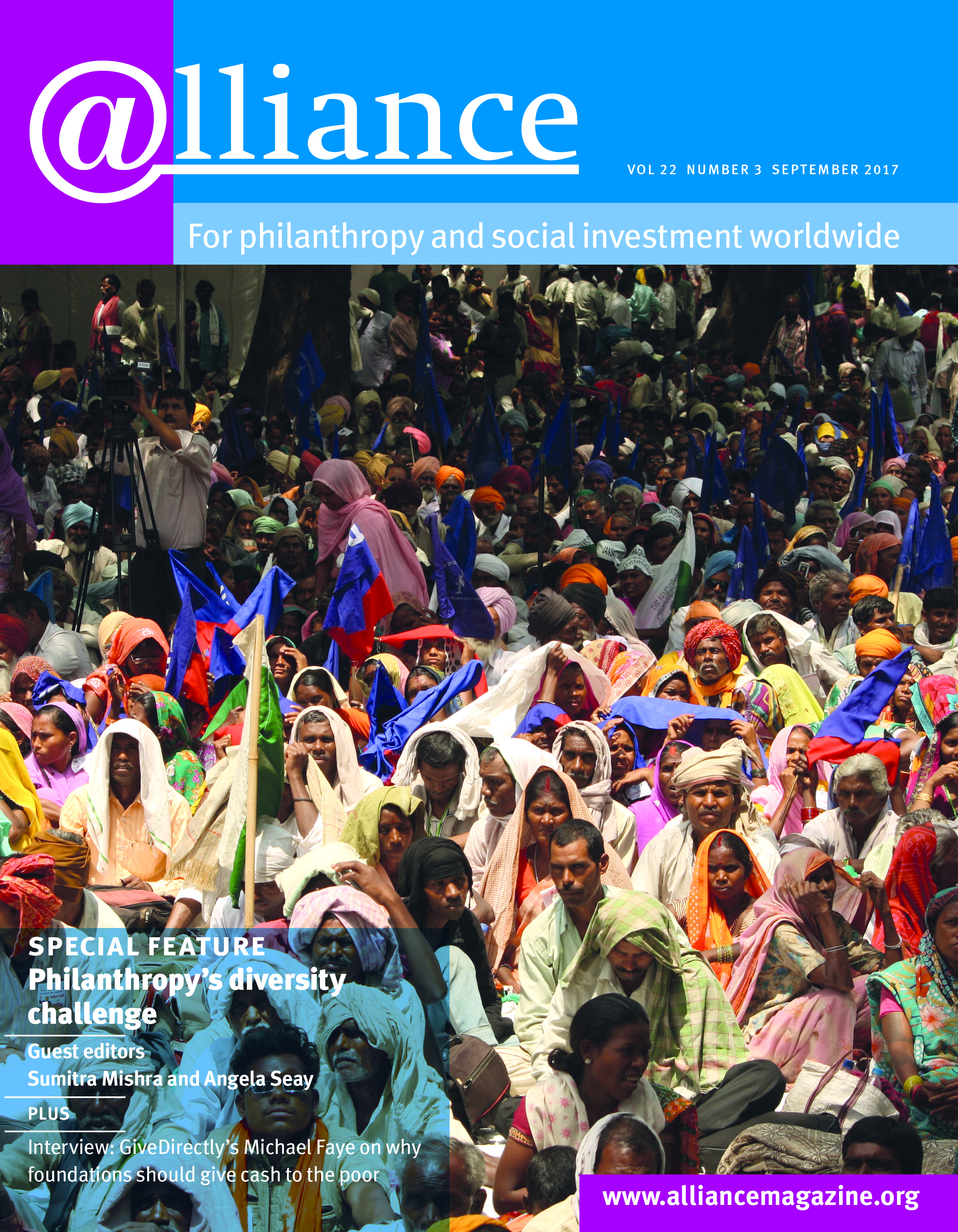A commitment to diversity that includes race, caste, class, gender and religion is a central part of philanthropic programme effectiveness. With such representational diversity increasingly being used as a reference point, this article suggests that, while a growing articulation of different viewpoints in boards and management rooms is important, just as critical is promoting inclusiveness as a theme and ensuring a seamless connection between the values of the organization and its functioning.
Historical injustices against particular groups have prevented their full participation in the economic, social and cultural traditions of a society or exerted subtler forms of control. They have caused many to suggest that it is time to actively consider how to create a more inclusive environment.
Working with a broad diversity of stakeholders is now widely accepted as a method to improve outcomes within programmes. The experiences of the marginalized, so runs the argument, need to be brought to the forefront by including people with these experiences within both the management and the boards of philanthropic organizations.
 However, their representation or inclusion by itself is not a guarantee of an organization’s inclusiveness. What is also needed is an inclusive agenda that permeates all aspects of the organization’s culture and operation.
However, their representation or inclusion by itself is not a guarantee of an organization’s inclusiveness. What is also needed is an inclusive agenda that permeates all aspects of the organization’s culture and operation.
Without this, an individual’s insistence on incorporating a different point of view could be interpreted as a personal agenda rather than the direction that the entire organization would like to move towards.
One of the biggest hurdles to moving towards a clearly inclusive agenda is the task of convincing a philanthropist to go beyond writing cheques to favourite organizations to a more strategic intervention supported by a strong and diverse board and senior management.
What is also needed is an inclusive agenda that permeates all aspects of the organization’s culture and operation.
This challenges the established notion that personal business success allows you to make good decisions in philanthropy. However, it is necessary if the organization is to move towards an approach where individuals are not seen as recipients of a programme, but an active part of the decision-making process.
This requires a clearer examination of notions of success and the creation of mechanisms to productively engage with those less privileged. Ensuring that representational diversity is not mere tokenism will be a central part of this exercise.
Organizations therefore need to spell out the value of representational diversity within the organization both in terms of the different points of view it brings, the ability to reach out to communities, and the value of inclusiveness in the whole of its work.
Organizations must set up mirrors to evaluate their own performance against indicators of inclusiveness that have been defined by the organization and its stakeholders working together.
In these situations, it might even be necessary to provide support as well as mentoring for individuals from diverse backgrounds to ensure that they can meaningfully participate within the functioning of the organization.
With a clearly articulated agenda, organizations must set up mirrors to evaluate their own performance against indicators of inclusiveness that have been defined by the organization and its stakeholders working together.
The lowest threshold would be to report on these indicators. Beyond this threshold should be a plan to increase recruitment in a way that improves representational diversity and which develops the agenda for diversity at all levels of the organization. Part of this would involve becoming a learning organization that will engage with, as well as promote, inclusiveness as a central part of its work.
This, in turn, will involve looking beyond single identities towards the intersection of multiple identities and at the multiple forms of exclusion that operate on a daily basis.
Representational diversity can at times lead to conflict, but if the organization has assimilated the idea of inclusivity into its work, such conflicts can be resolved – and grants made to those with different points of view can at times lead to better outcomes, as long as there is a connection between the values of both organizations.
Jacob John is general manager, programmes at Azim Premji Philanthropic Initiatives. Email jacob@azimpremjiphilanthropicinitiatives.org







Comments (0)